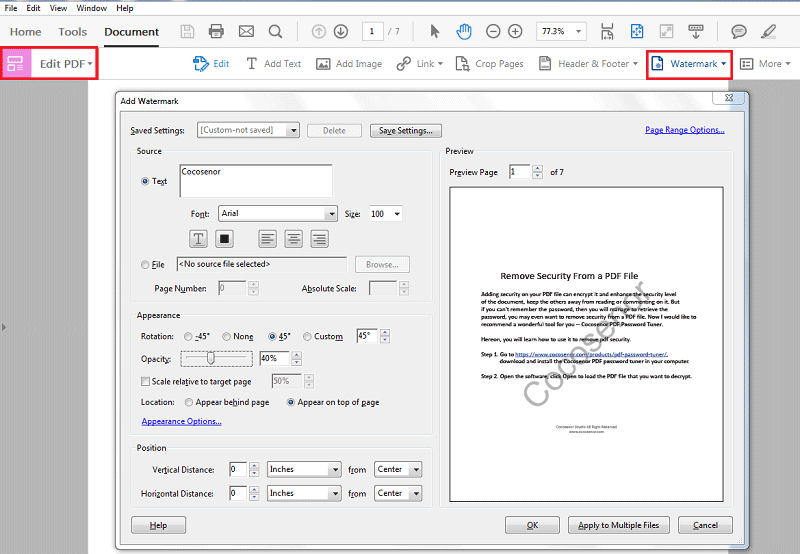


If these editing operations are anticipated as part of the specific PDF life cycle, don’t use subsetting. This is generally not an issue with PDFs distributed as final documents to be viewed or printed elsewhere. Subsetting will limit or prevent editing operations (text editing or insert/replace page operations). This is especially the case with fonts that store many hundreds or even thousands of characters (Far Eastern, Unicode, or OpenType fonts). As typically only a small portion of the characters included in a font is actually used in a specific document, the result is a significant reduction of font data. To reduce file size when fonts are embedded, font subsetting can be employed so that only the characters actually used in the PDF will be embedded. While font substitution may be reasonably successful in conveying the general appearance of many fonts, it is a design compromise at best as it will never result in a precise match, and with some fonts it may be unacceptable. When graphic fidelity is important, a PDF file should be produced so that all fonts used in it are embedded. If fonts are not embedded, Acrobat uses the partial font information saved in the PDF (name, width of different letters, and style characteristics) to locate the required fonts in the system where the PDF is viewed or (if no fonts are found) to simulate its appearance using substitution fonts. When fonts used in the source file PDF are embedded in the PDF, Acrobat has the original font information at its disposal. Editor’s Note: The following article was written with Acrobat 5 in mind and does not specifically discuss the recently released Acrobat 6, although it has been reviewed for accuracy and relevance to the new software.Ī prime reason for using PDF as a format has to do with its ability to retain graphic appearance and layout Acrobat’s font handling mechanisms are a key aspect of the portability of PDF files.


 0 kommentar(er)
0 kommentar(er)
